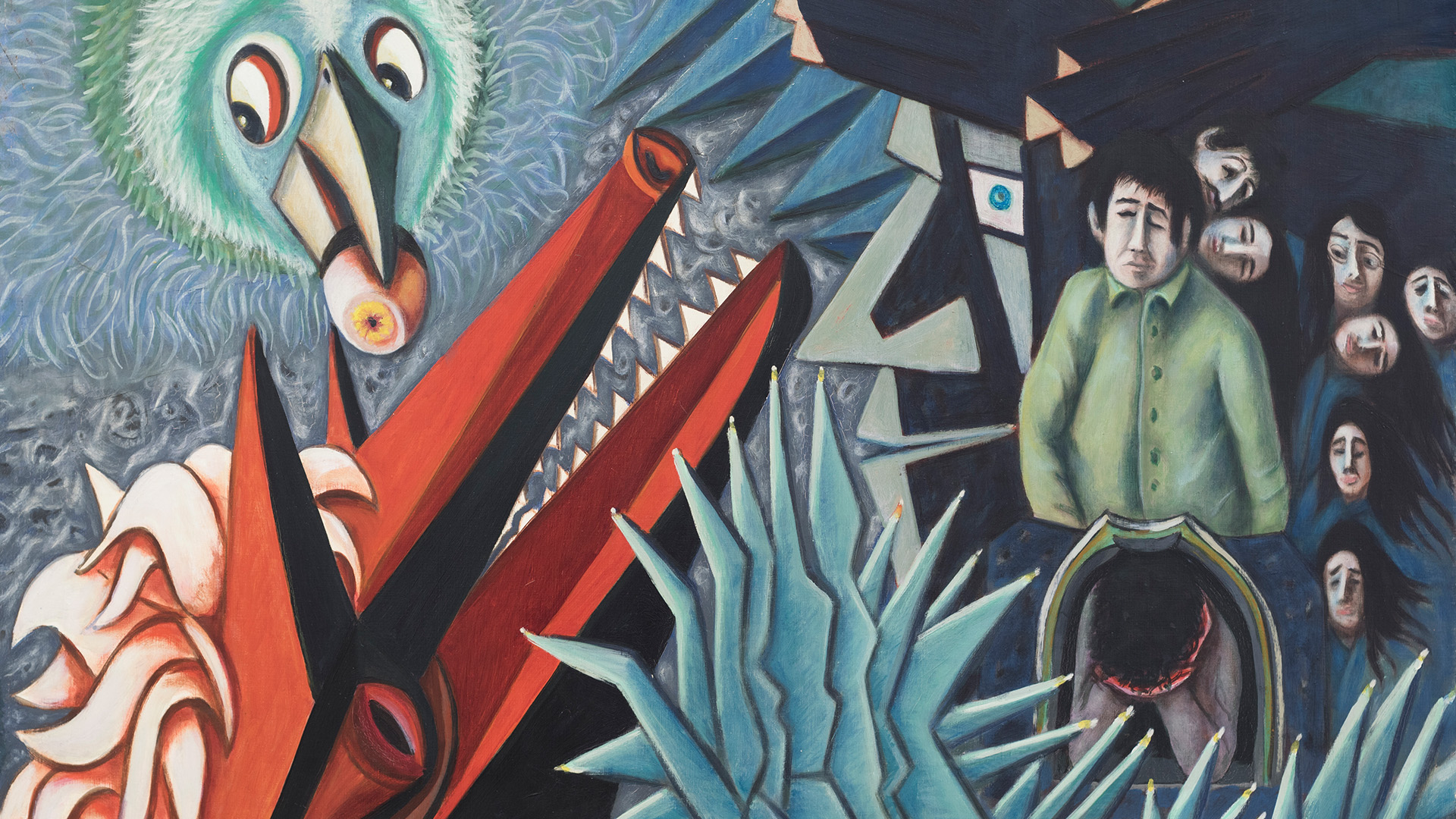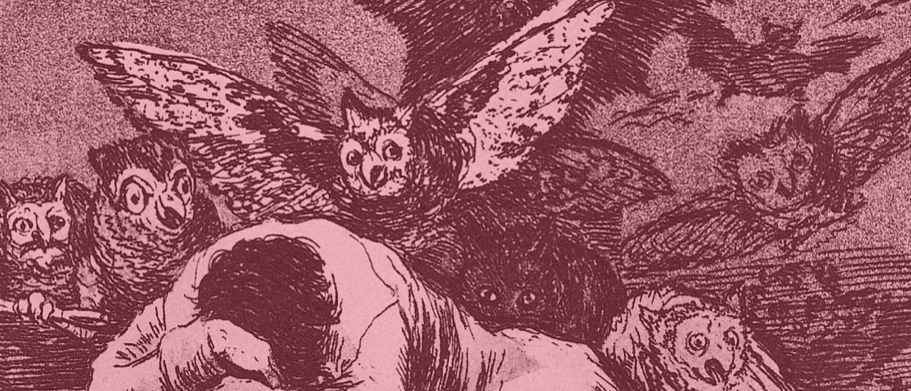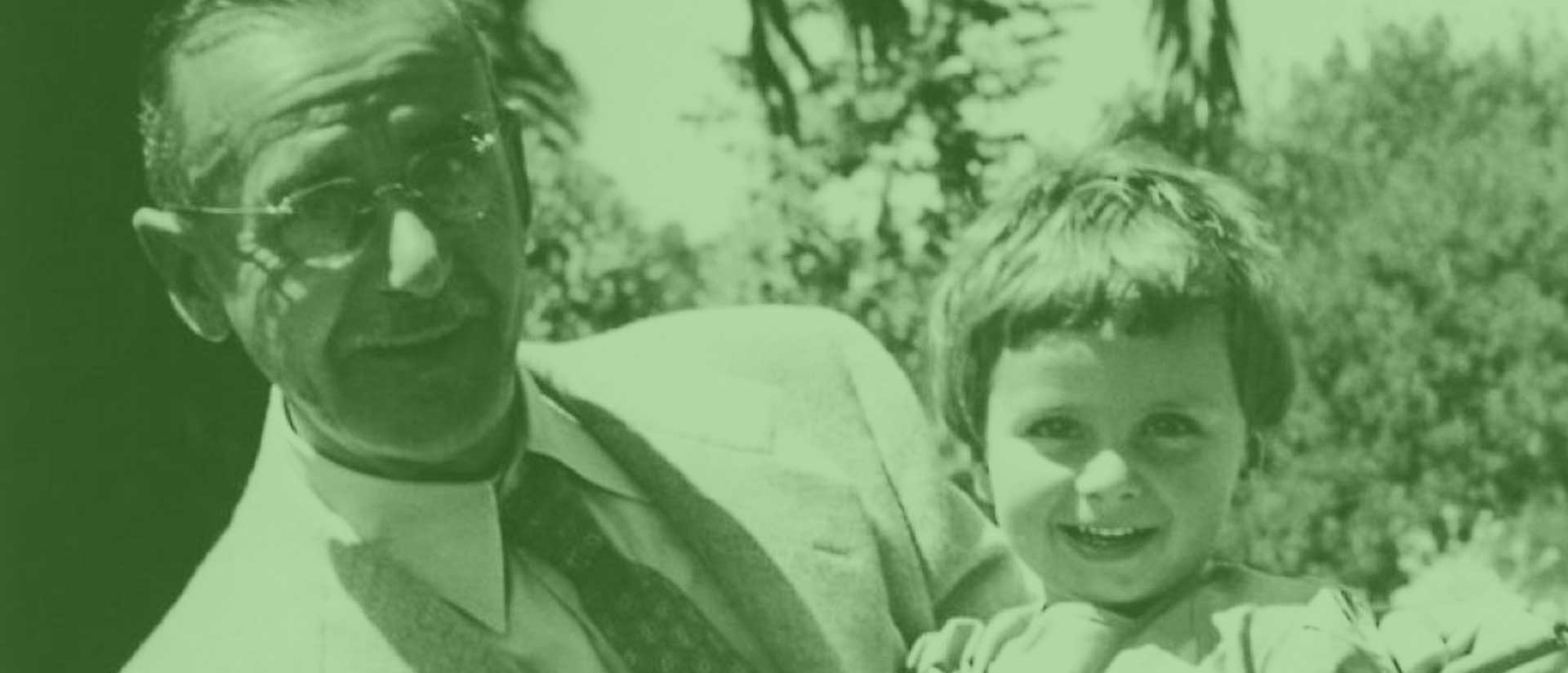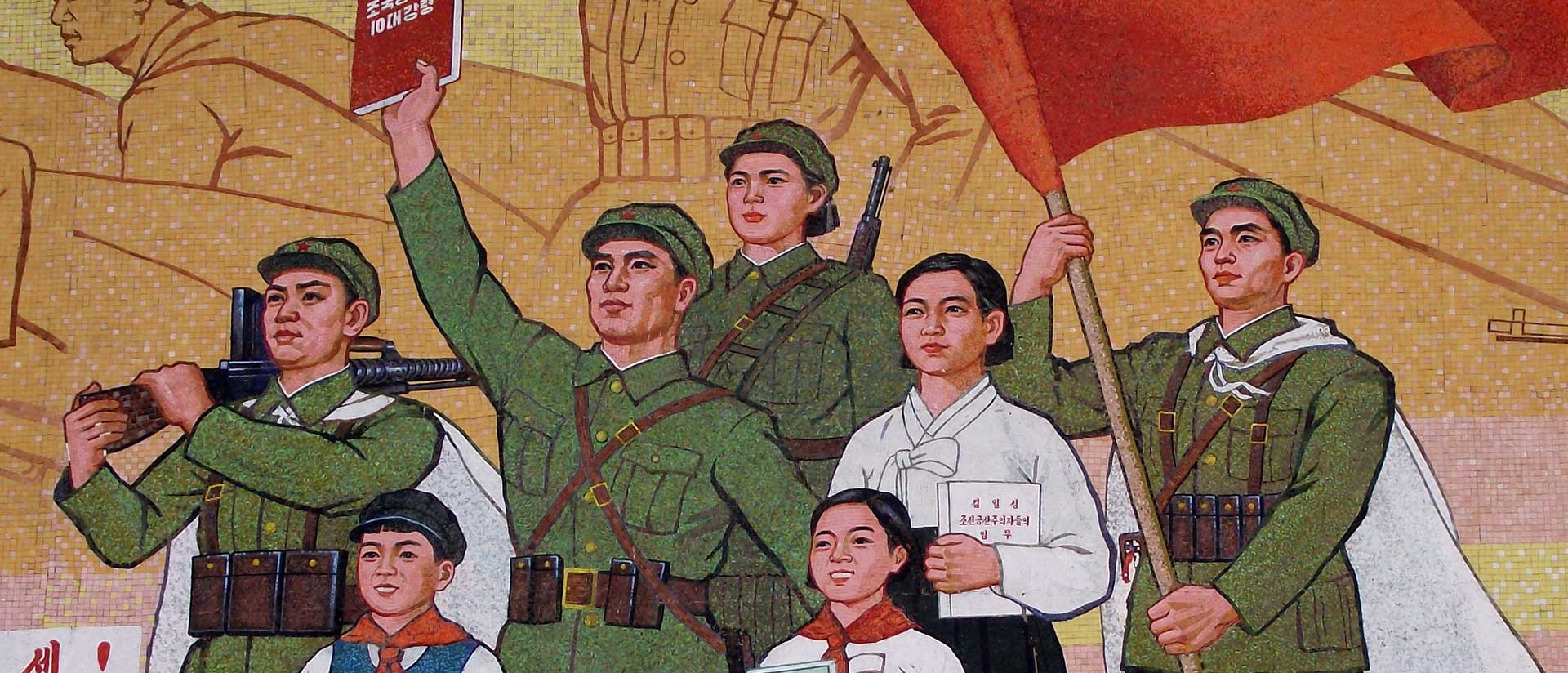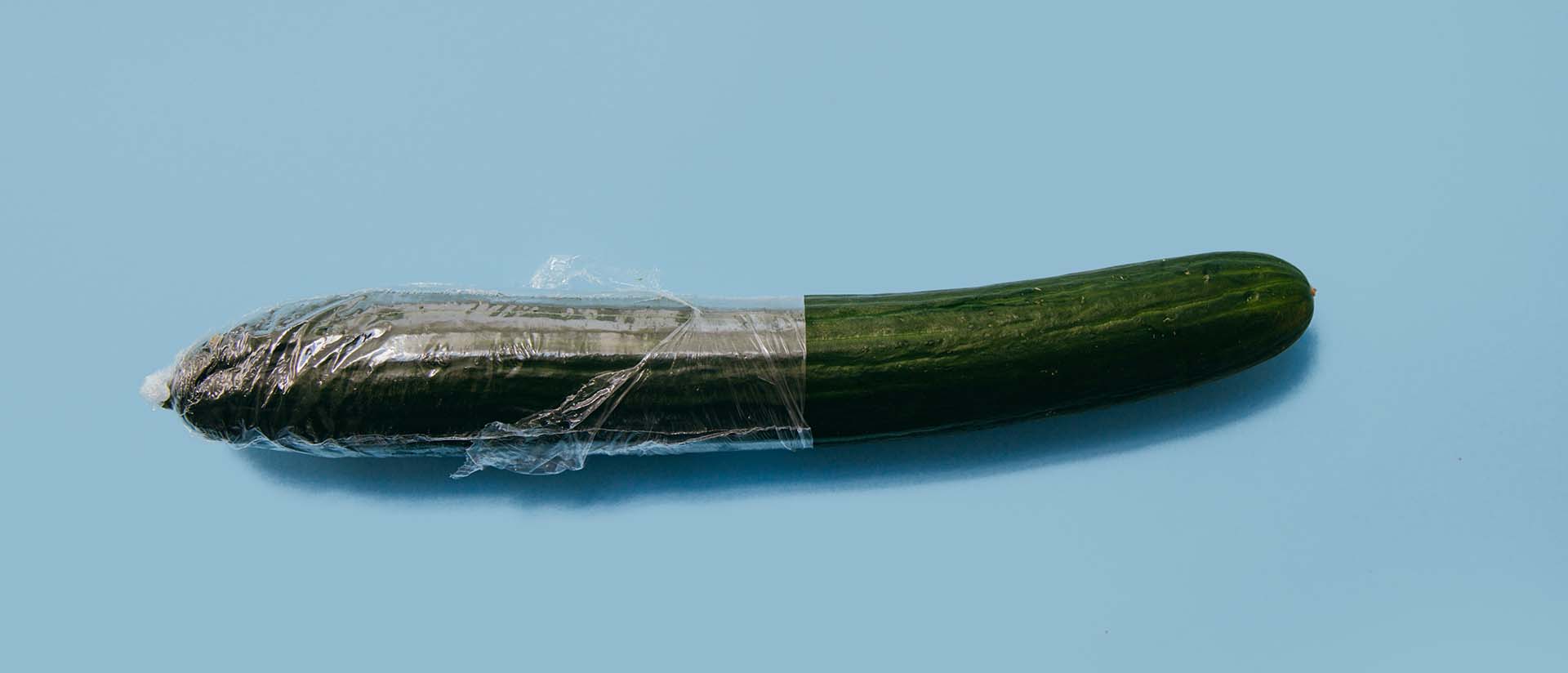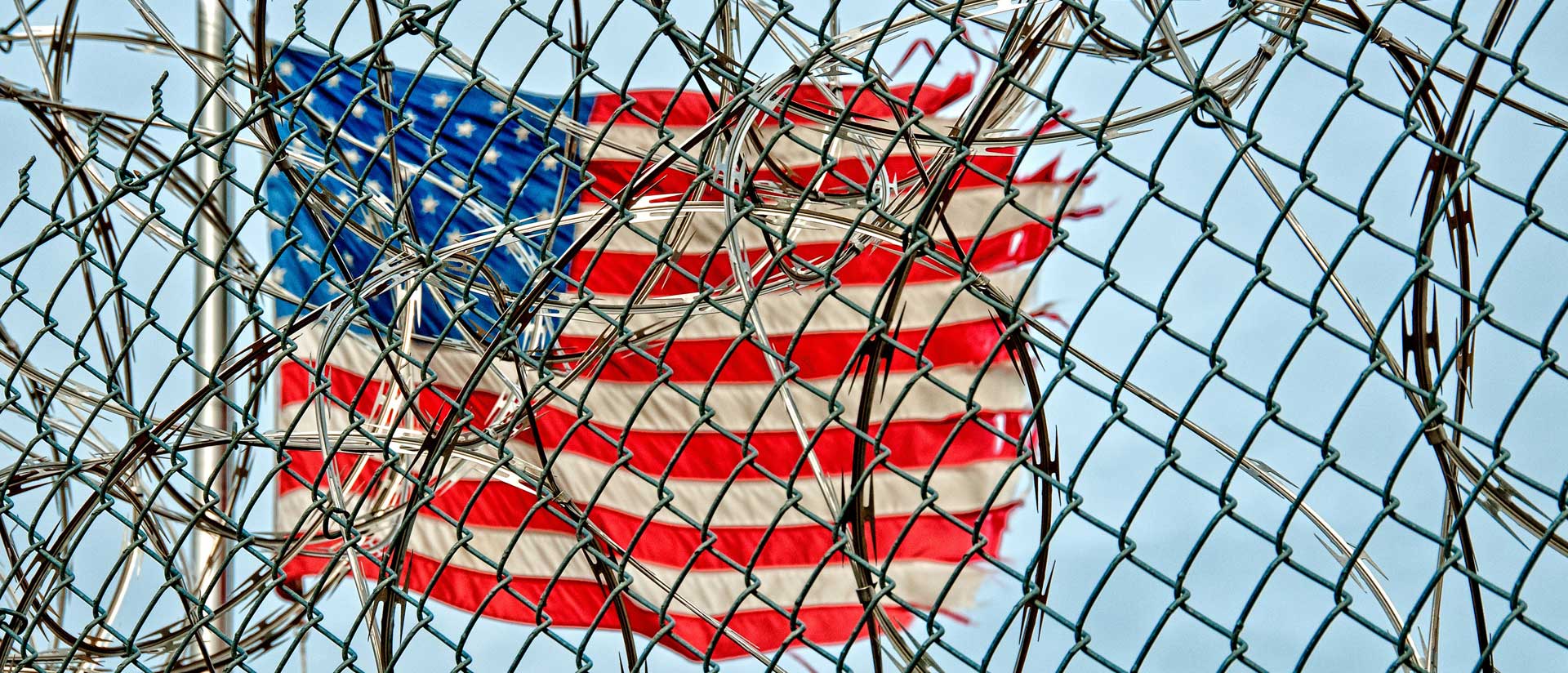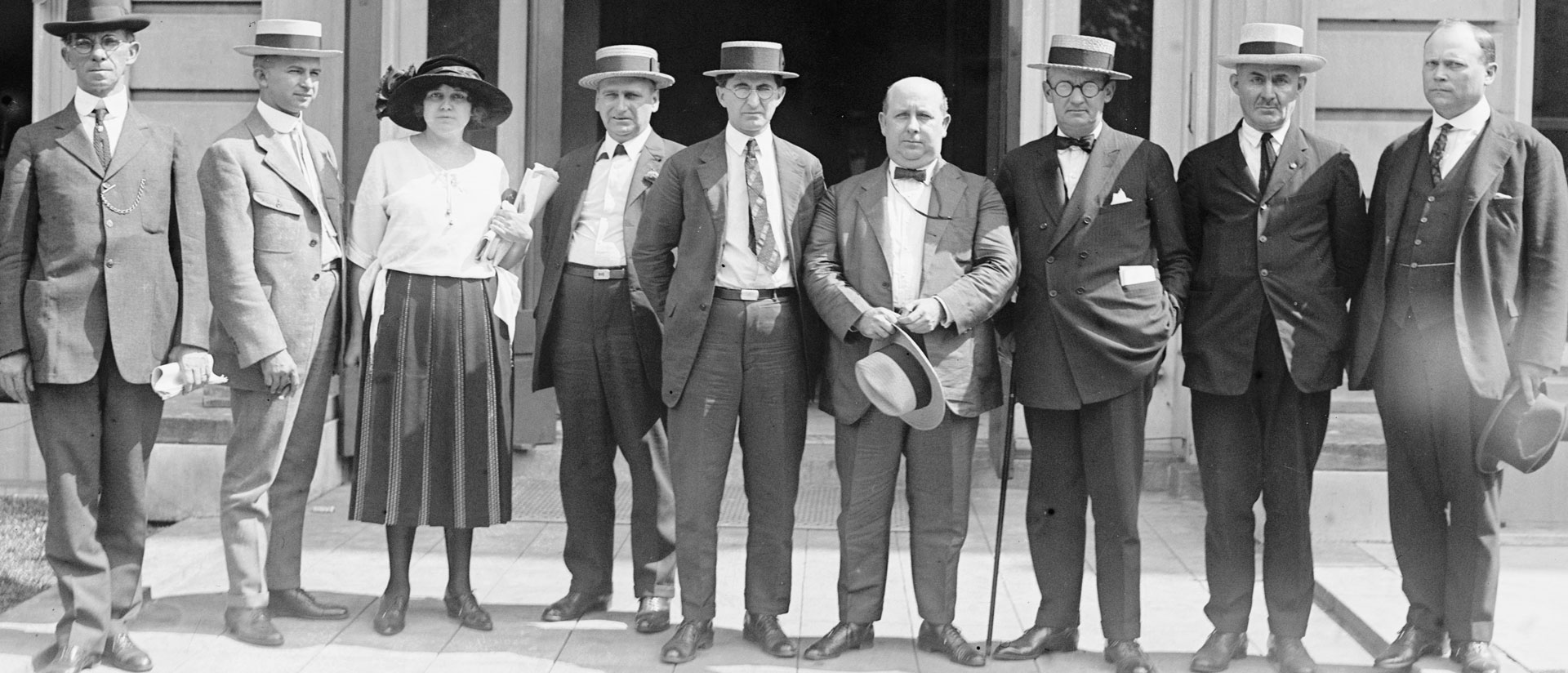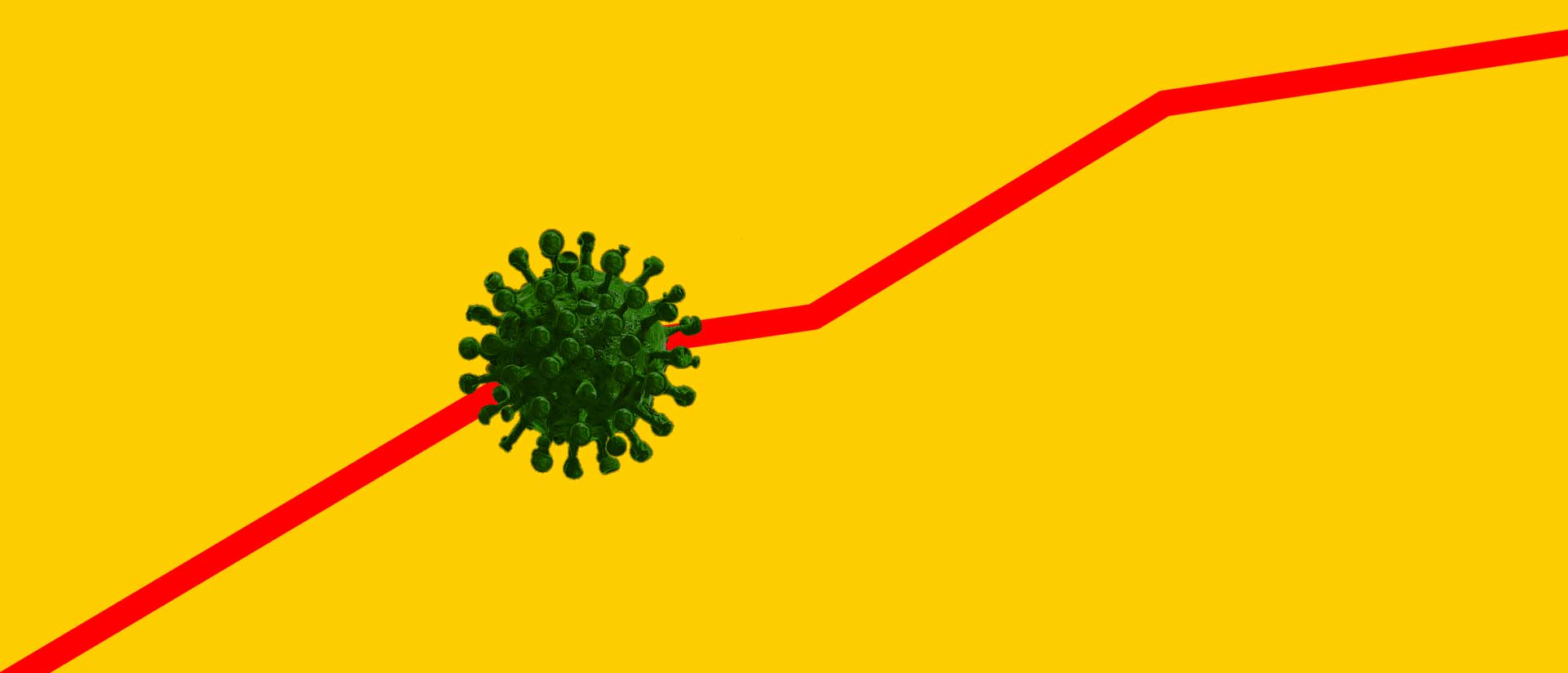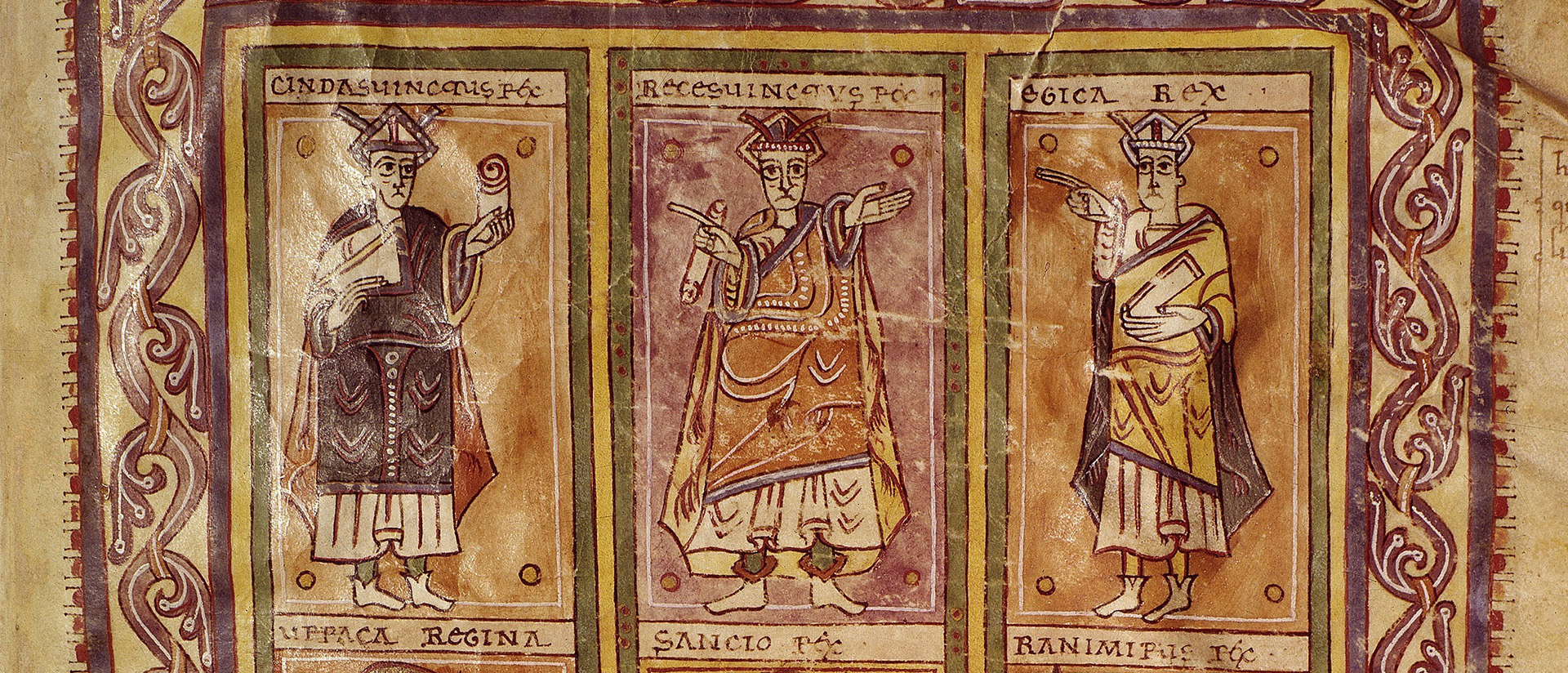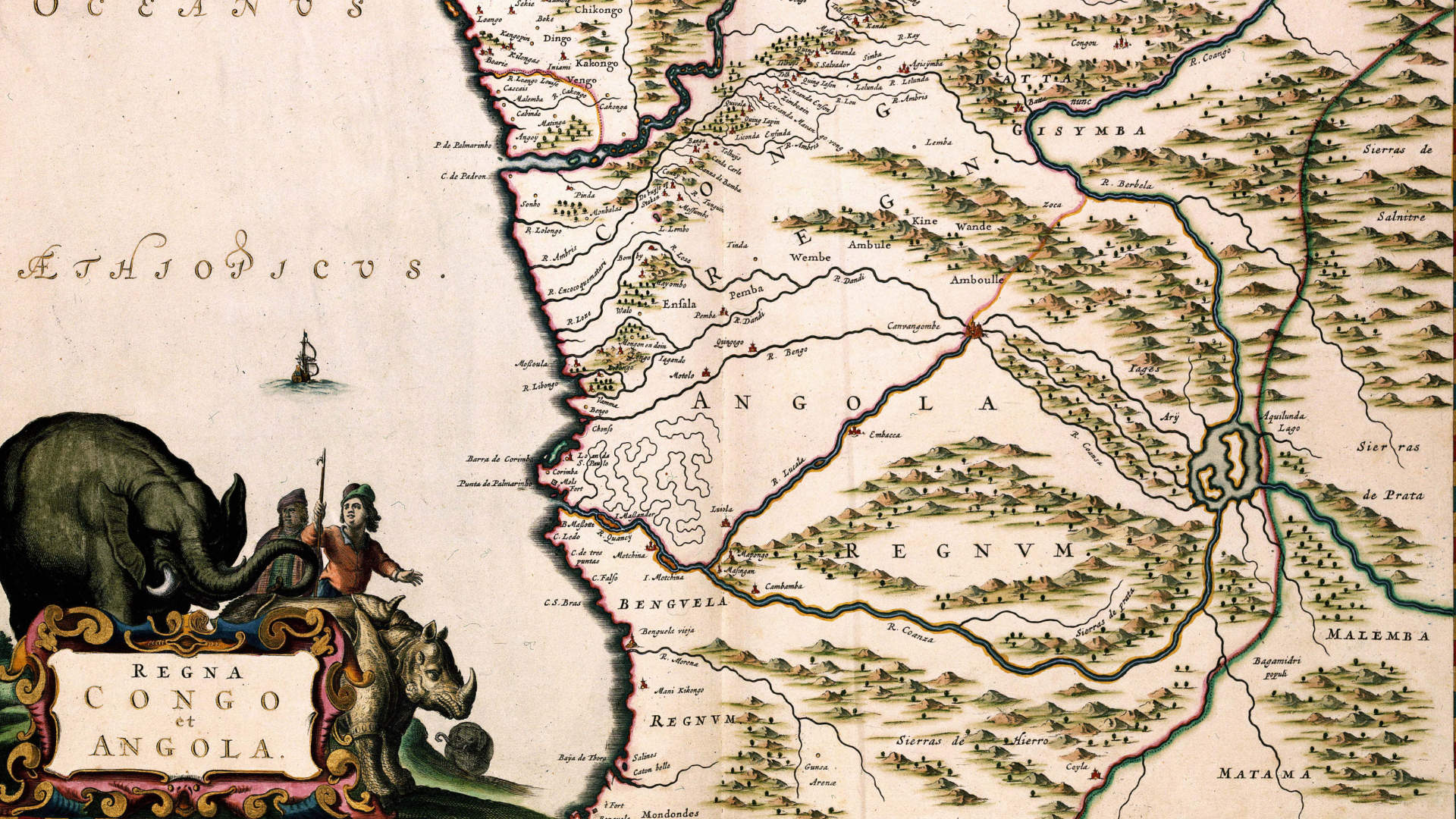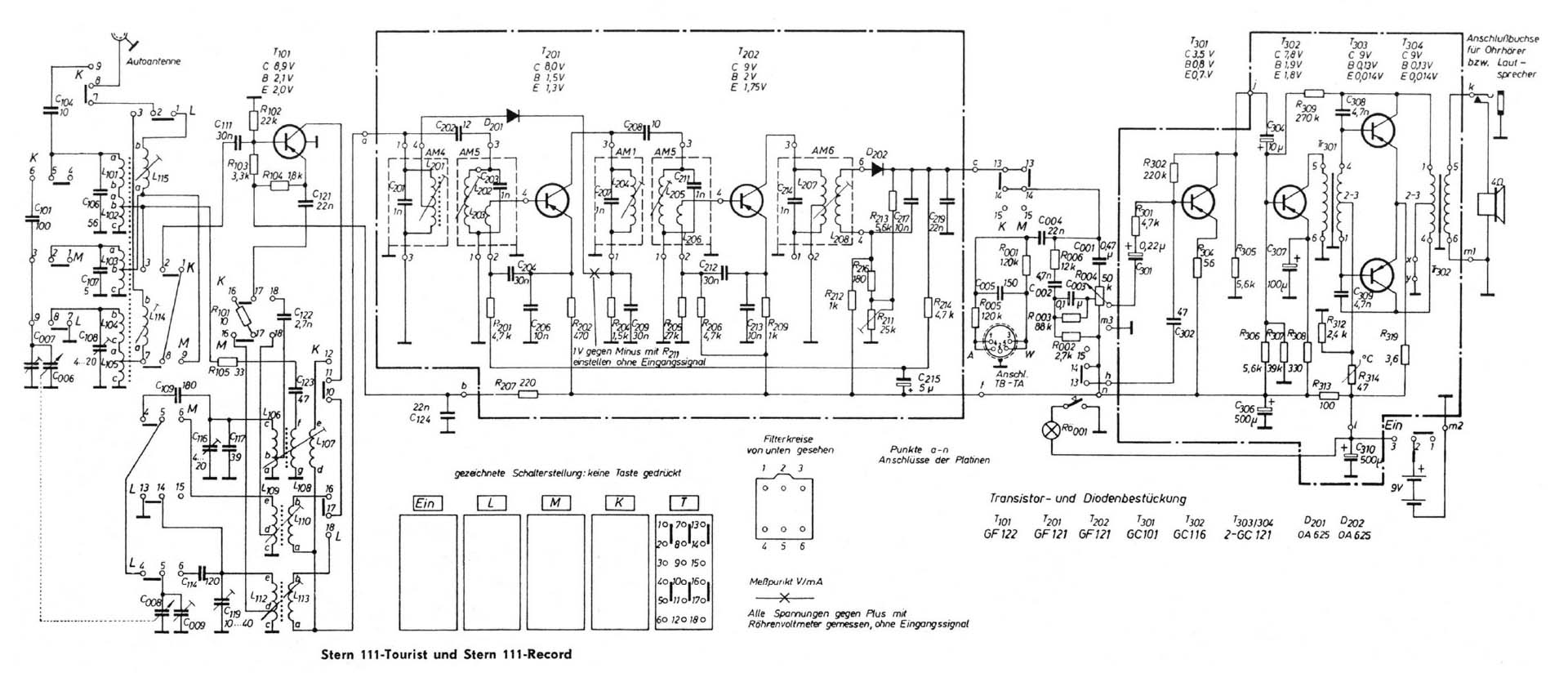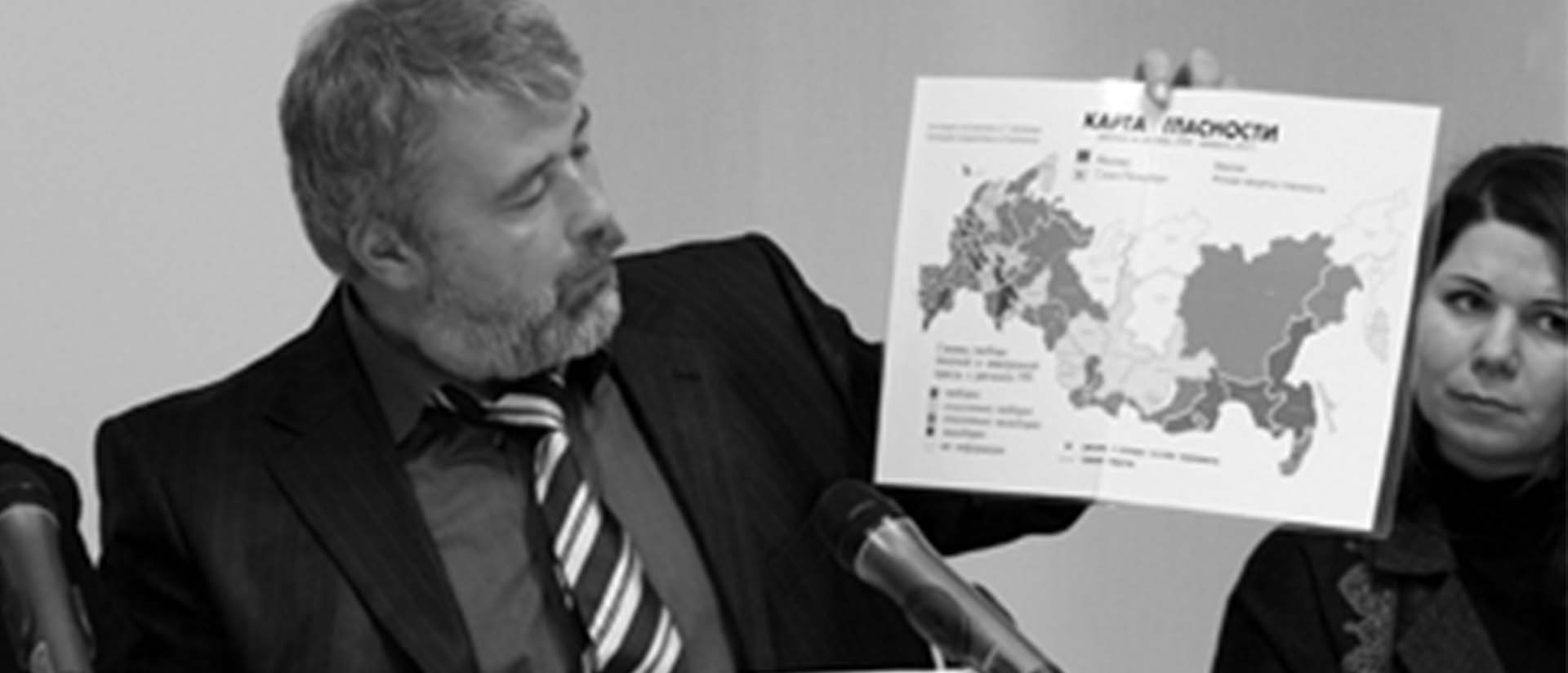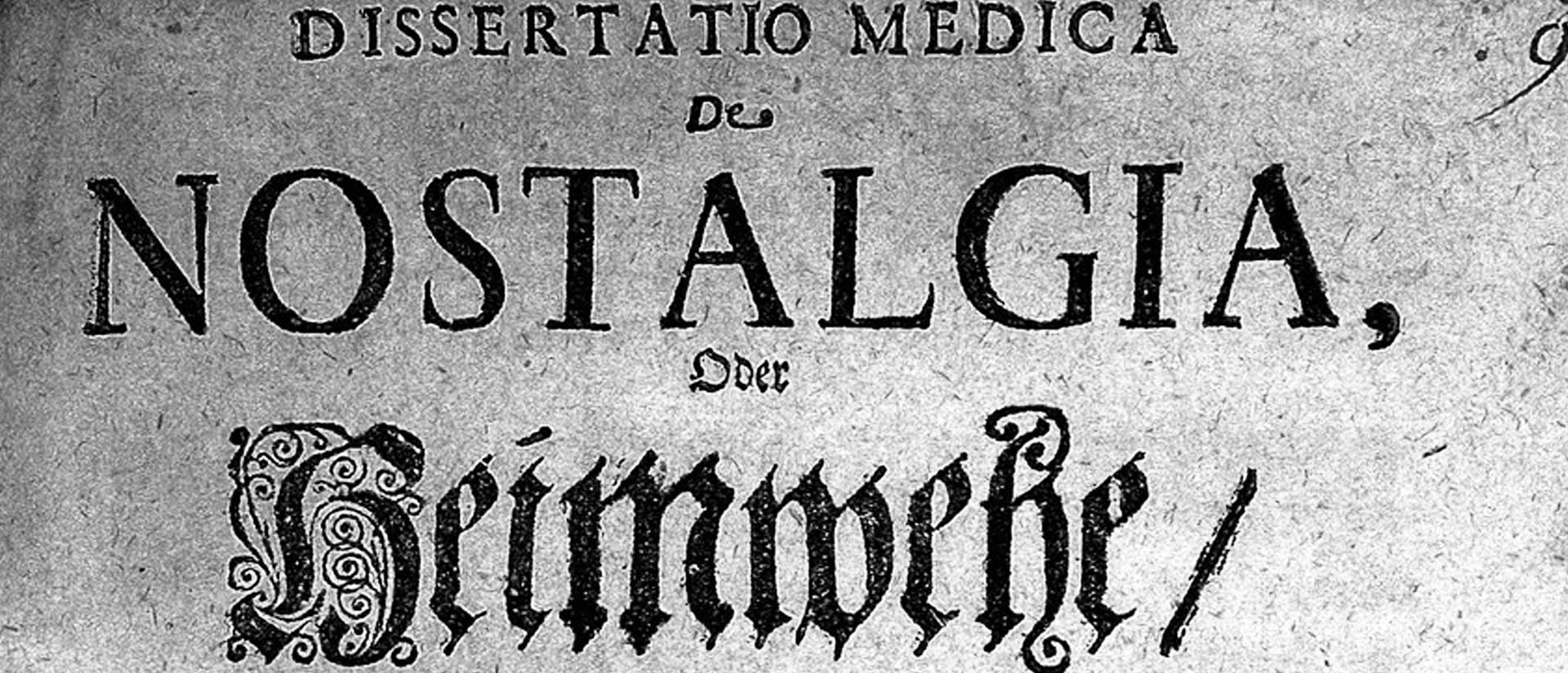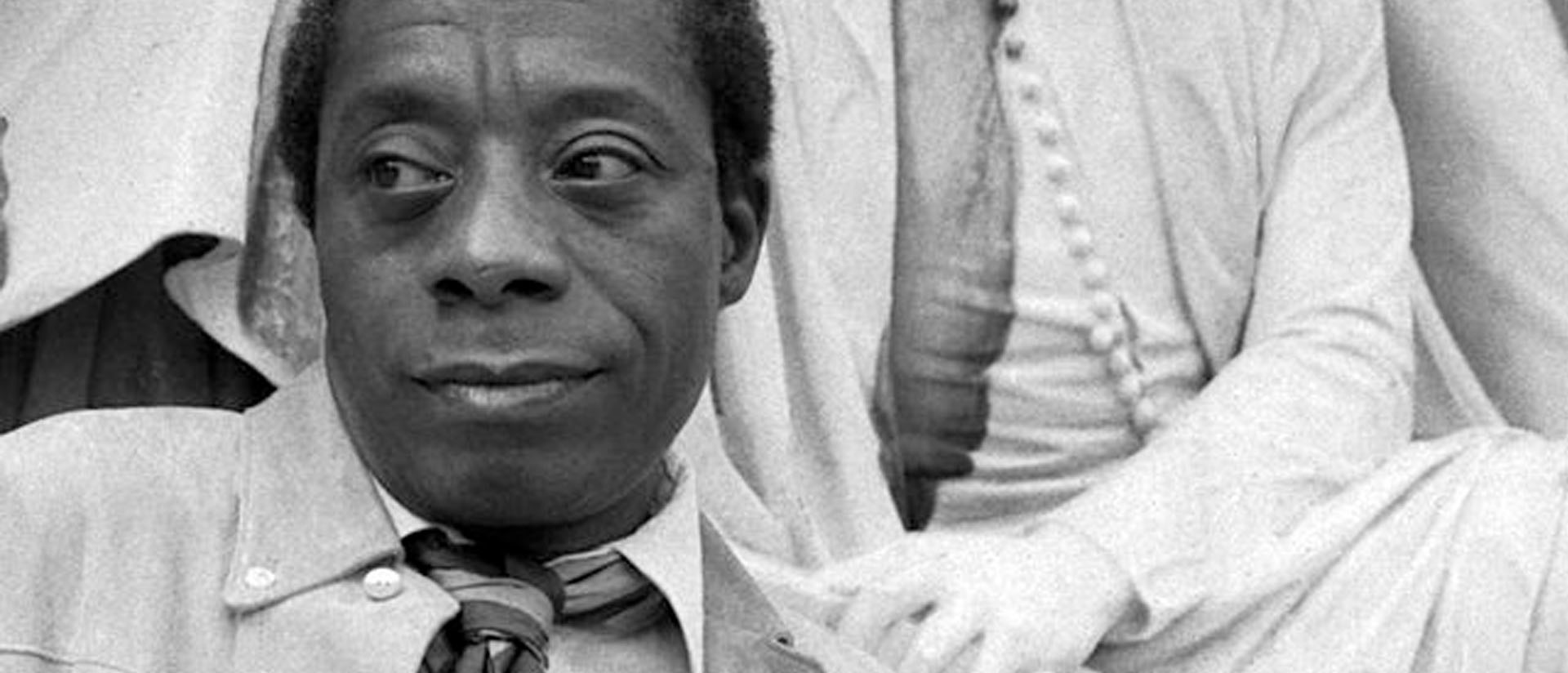
Tracing Taint
The inexorable contamination of history
By Holly Case
IN A SPEECH from February 24, 2022, the day Russia invaded Ukraine, President Vladimir Putin argued that the aim of the war was to “demilitarize and denazify Ukraine,” and predicted that Ukraine and its supporters in the West would “kill innocent people just as members of the punitive units of Ukrainian nationalists and Hitler’s accomplices did during the Great Patriotic War.” His prediction assumed that the drive for Ukrainian independence during the Second World War amounted to both past and destiny, constituting an indelible stain that could never come clean. Meanwhile, in Ukraine and elsewhere, commentators argued insistently that the WWII past of Ukrainian collaboration with Nazi Germany was not identical with its present resistance to Russian aggression, and that Ukrainian nationalism was qualitatively transformed by subsequent events, not least the Euromaidan protests of 2013–14.
The exchange echoed the tenor of earlier debates, especially those that unfolded during the Wars of Yugoslav Succession of the 1990s, as the symbolism of the emergent independent states recalled that of right-wing paramilitary groups from the Second World War. Arguments about such “tainted” histories multiplied and were themselves wielded to justify war and ethnic cleansing.
Tracing tainted symbols, structures, and ideas through history is both necessary and important, yet like many approaches to history, it is also fraught with dangers and open to manipulation. Long practiced by politicians and historians alike, taint tracing has enjoyed a golden age since the Second World War, when so much that happened needed to be explained, and part of the work of explanation entailed identifying root causes. Even before the war began and during the war years themselves, the evils of Nazism were traced back to German Romanticism, by scholars such as Peter Viereck, or, more famously, to the Enlightenment, by Max Horkheimer and Theodor Adorno. The notion that Germany took a Sonderweg (separate path) to modernity is also a story about taint.
Even before the war began and during the war years themselves, the evils of Nazism were traced back to German Romanticism, by scholars such as Peter Viereck, or, more famously, to the Enlightenment, by Max Horkheimer and Theodor Adorno.
There is an unsettling power and ambiguity to taint tracing that the German historian Reinhart Koselleck was among the first to register. As a doctoral student in the 1950s, Koselleck traced the origins of twentieth-century ideologies—among them Nazism—back to the eighteenth century. Later he would write that “whoever tries to trace Hitler back to Hegel or Schiller succumbs to a claim to be able to chart influences through history, one that proceeds in a selective manner.”
Taint tracing has by no means remained limited to the historiography and memory politics surrounding the Second World War. Earlier tracers included nationalists who objected to “foreign” (often French or broadly “Western”) thought, right-wing thinkers of the nineteenth century who viewed certain ideas and ideologies (materialism, communism, capitalism) as “Jewish,” and communists who decried the taint of “bourgeois” science, diplomacy, and democracy. The French West Indian psychiatrist and political philosopher Frantz Fanon wrote of the tainted ideas and practices that spread through European imperialism and colonialism such that, “when I search for Man in the technique and the style of Europe, I see only a succession of negations of man, and an avalanche of murders.” More recently, the science-fiction writer N. K. Jemisin, in a similar vein, has written of “the taint of our world” and fantasized in fiction about “quarantine” and “harsh enforcement” in an imagined better world free from supremacist prejudice: “There is only one treatment for this toxin once it gets into the blood: fighting it. Tooth and nail, spear and claw, up close and brutal; no quarter can be given, no parole, no debate.”
Among the many ideas and structures to which taint has been ascribed are socialism, “the American Dream,” Judeo-Christian eschatology, idealism, Darwinism, Progress, and dualism. More recently, the development and expanding application of machine learning (ML) technologies has given rise to another concept related to taint tracing: “dirty data,” or the insight that systems trained on existing data sets (images, text, etc.) contain the historical and social biases that produced them, including racial, class, and gender bias.
TAINT TRACING can take a variety of forms. One way of thinking about “dirty data,” for example, is to view the data as “dirty” but the algorithm as neutral. Other explanations suggest that once algorithms are trained on large data sets, the taint becomes locked in and reenacted indefinitely, moving from mere content to the very structure of decision-making. Some contemporary critics, for example, ascribe “epistemic injustice” to AI and machine learning systems, suggesting that the systems themselves—not merely the content they carry—are implicated in the problem.
This latter understanding locates taint in method rather than content. Historian of science Peter Galison has argued that cybernetic theory carries the taint of its origins in WWII aerial warfare into the various fields that were inspired by cybernetic models. Postmodernism and game theory were among the fields infected by the “ontology of the enemy” at “the heart of the Manichean sciences,” specifically cybernetics.
With a pedigree stretching back at least to the Abrahamic religions’ notion of the “fall of man,” and as one of the most widespread practices of our time, taint tracing is arguably always a matter of methodological interest and concern for the historian. Historians are both its most expert practitioners as well as its most insightful critics. Though reflections on the phenomenon are few, the insights gleaned from such reflection could affect a variety of fields—from the study of political rhetoric around the war in Ukraine to the methods and theories of machine learning.
Above all, the tendency to scale up taint-tracing claims, often to global/universal levels, makes it much more difficult to imagine alternatives to tainted histories. Although the ostensible aim of taint tracing is to eradicate taint, the effect is often the opposite, as taint tracers project the stain in ever-wider arcs and see it acting with ever-greater ubiquity and subtlety. How then to think rigorously about cause and effect in history without working the critical framework into a cage?
This essay appears in the 2023-24 Berlin Journal (#37).


